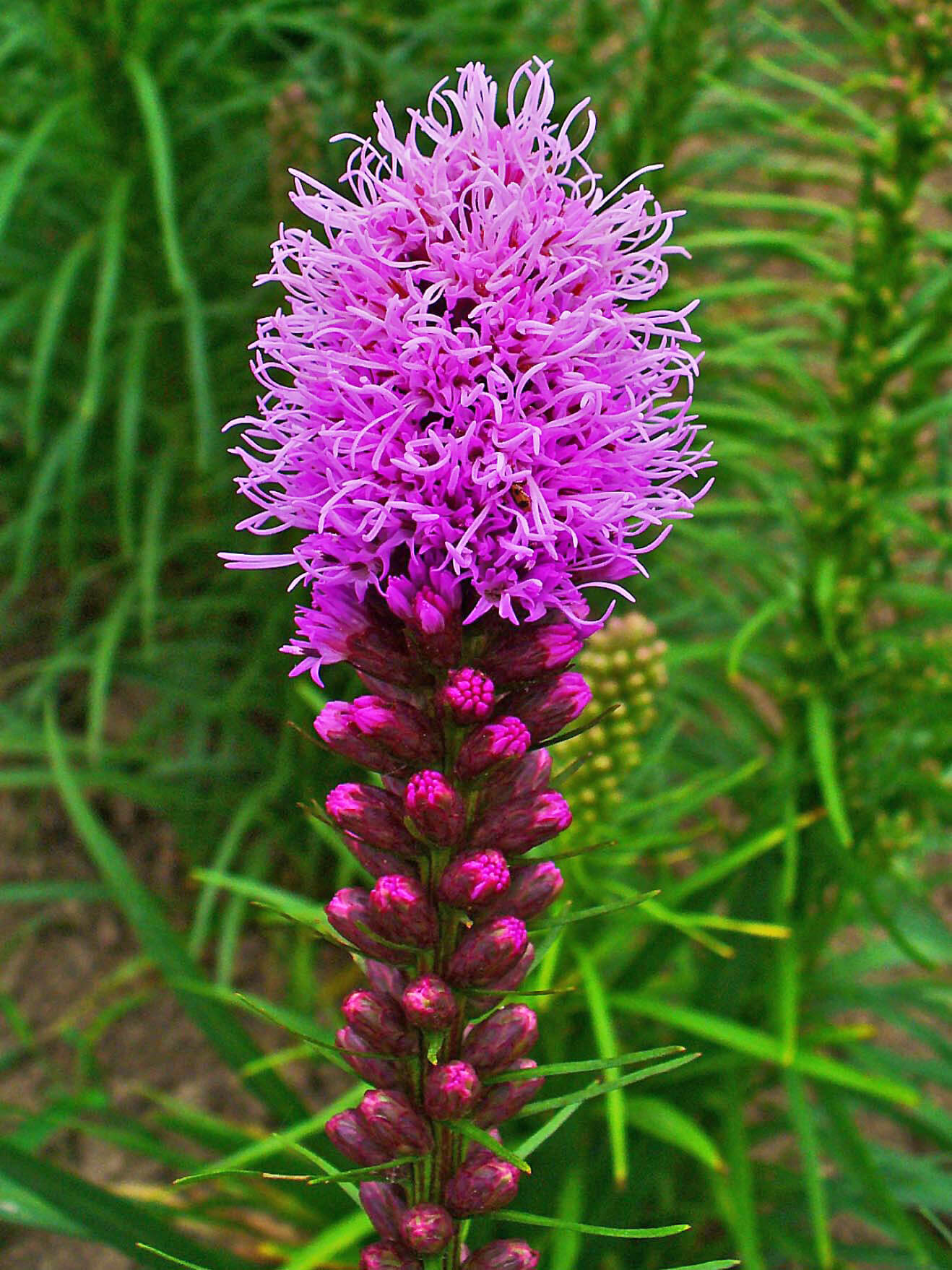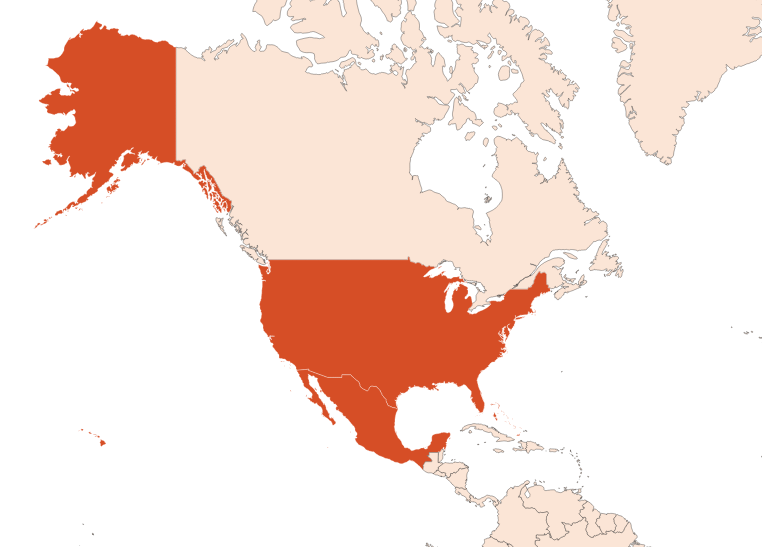
Do you sell any of the raw materials? Would you like to let our users know?
Send an email to fournisseurs@scentree.coto learn about our advertising opportunities.
Do you sell any of the raw materials? Would you like to let our users know?
Send an email to fournisseurs@scentree.coto learn about our advertising opportunities.
General Presentation
-
CAS N° : 68602-86-8
-
EINECS number : 272-627-7
-
FEMA number : Donnée indisponible.
-
Density :
-
Optical rotation : Donnée indisponible
-
Allergens : Coumarin
-
Refractive Index @20°C : Donnée indisponible
-
Volatility : Base
-
Price Range : €€€€€
-
Appearance : Green paste
Uses
Other comments :
The liatrix is native to the United States. Its flowers form clumps at the end of a long stem whose leaves are extracted in perfumery.
Liatrix often comes in the composition of the hay, also used in perfumery. It is of interest as its scent is coumarinic and herbaceous.
Liatrix is also used to aromatize tobacco.
Stability :
Solubility issues in perfumes
Stable oil in perfumes and in diverse functional bases
Uses in perfumery :
Used in luxury perfumery for fougere, amber, blond tobacco notes.

Photo credits: ScenTree SAS
Botanique :
Carphephorus odoratissimus (J.F.Gmel.) H.J.-C.Hebert
Synonyms : Chrysocoma odoratissima (Walter) J.F.Gmel. // Liatris odoratissima (J.F.Gmel.) Michx.
Chemotypes :
Liatrix is the only species of the genus Liatris grown for perfumery. Other species exist such as Liatris savannensis and Liatris tugida among other 35 species.
Extraction process :
In the United States, Liatrix fields are perennial and grow by collecting and sowing the seeds of the plant. The seeds must be collected once the plant is dry, after a few weeks and must have a black and dry appearance.
For their use in perfumery, liatrix leaves are collected by hand and dried in the sun. Then, the most volatile molecules evaporate from the leaves and only the heavier molecules remain. This is why the smell of liatrix is very coumarin and hot.
The extraction with hexane gives a concrete after the plants are removed from the extractor and the solvent has evaporated. This first extract is pasty because it contains waxes. A treatment with alcohol is made to obtain the absolute by precipitating the waxes, which are insoluble in the alcohol, and by subjecting the concrete to a glazing process at 32 °F. After filtration of the opaque mixture, the alcohol is evaporated and the liatrix absolute is obtained.
Geographic origin :
Data not available.
Regulations & IFRA
-
IFRA 51th : This ingredient is restricted by IFRA
Annexe I :
Some regulated synthetic ingredients are found in nature and in certain proportions in natural ingredients. This presence in nature has to be taken into account when calculating limits of use recommended by the IFRA. In case you do not know these concentrations, you can use the ones estimated by the IFRA. Here they are :
| List of regulated compounds contained in this ingredient | ||
|---|---|---|
| Regulated ingredient name | CAS N° | Estimated Concentration |
| Coumarin | 91-64-5 | 25 |
| Dihydrocoumarin | 119-84-6 | 2 |

